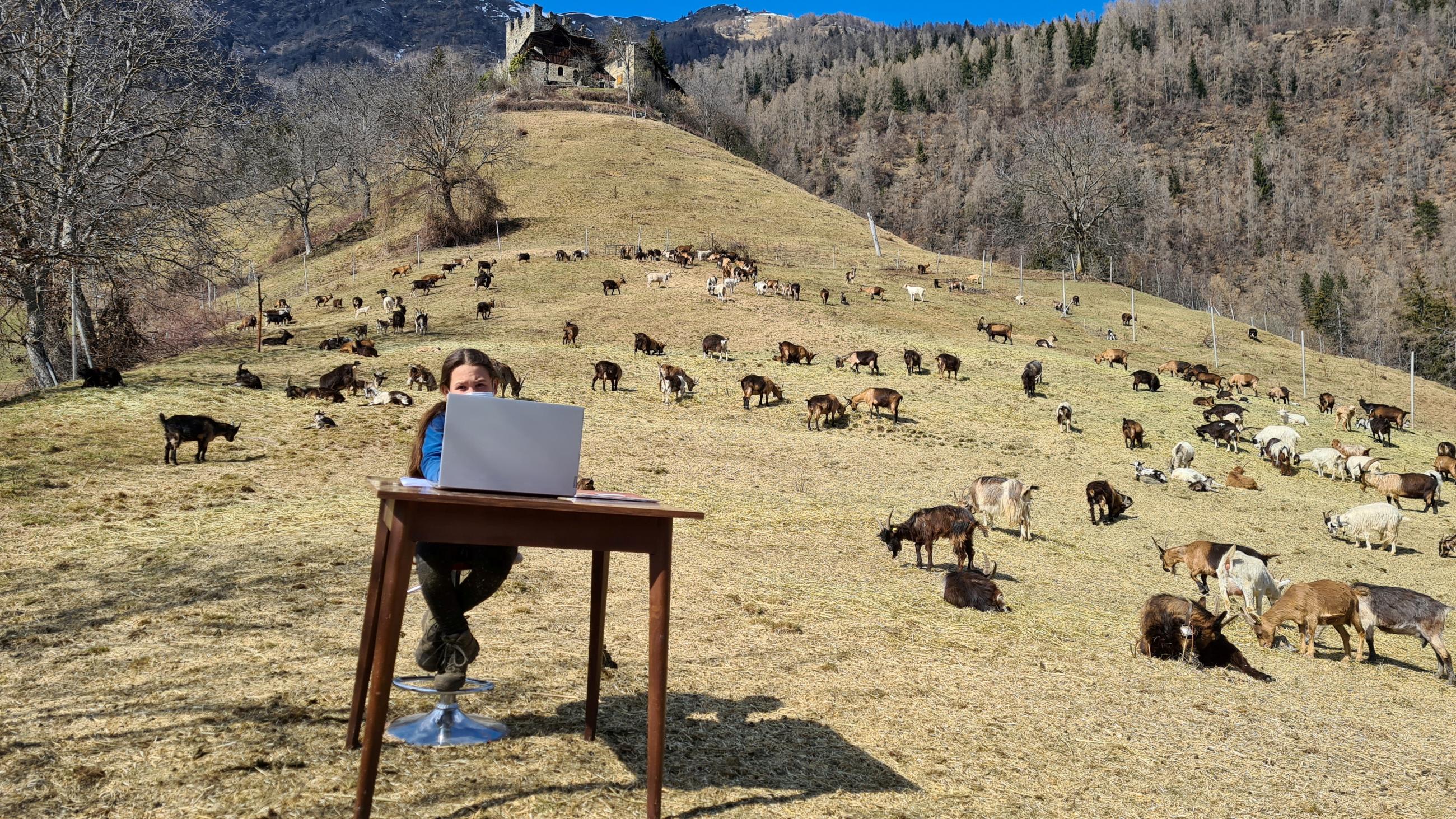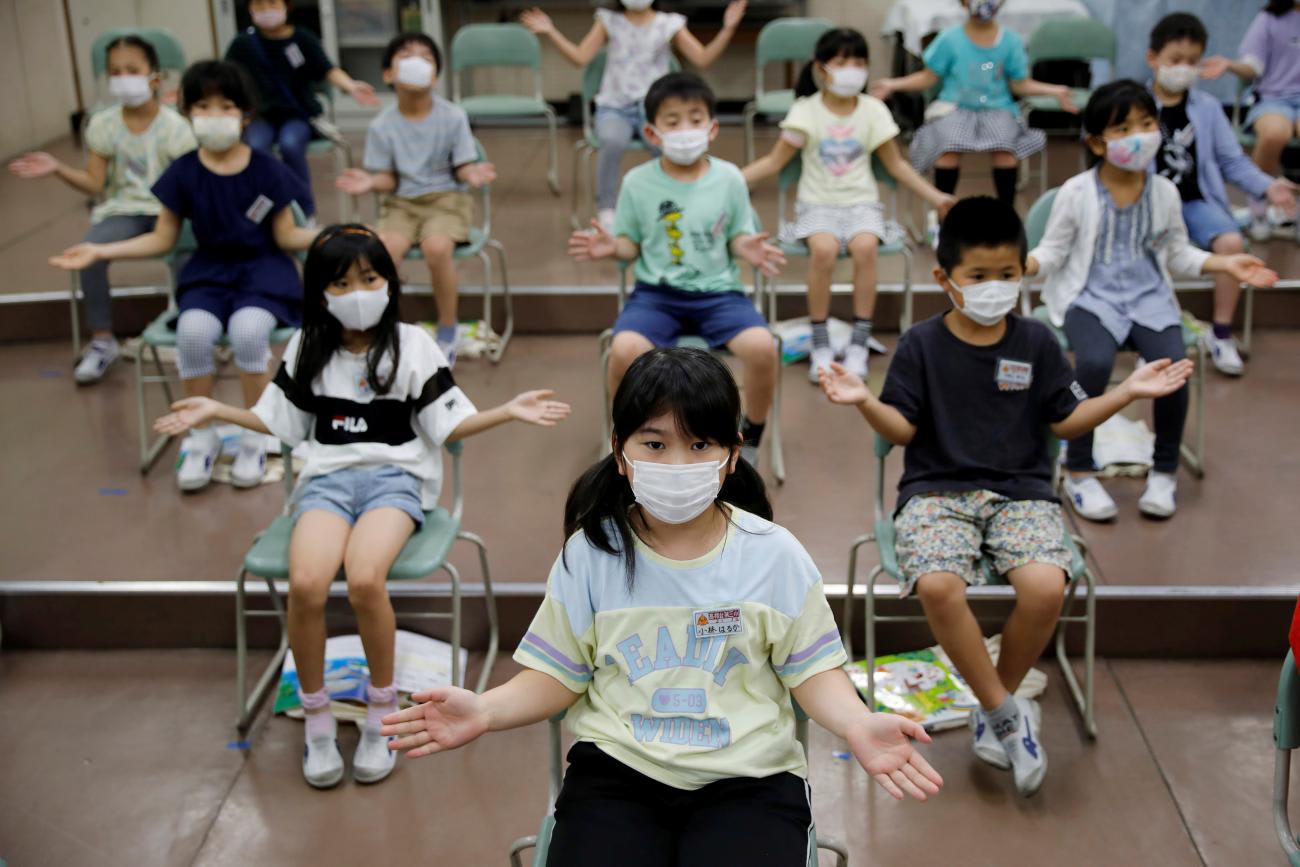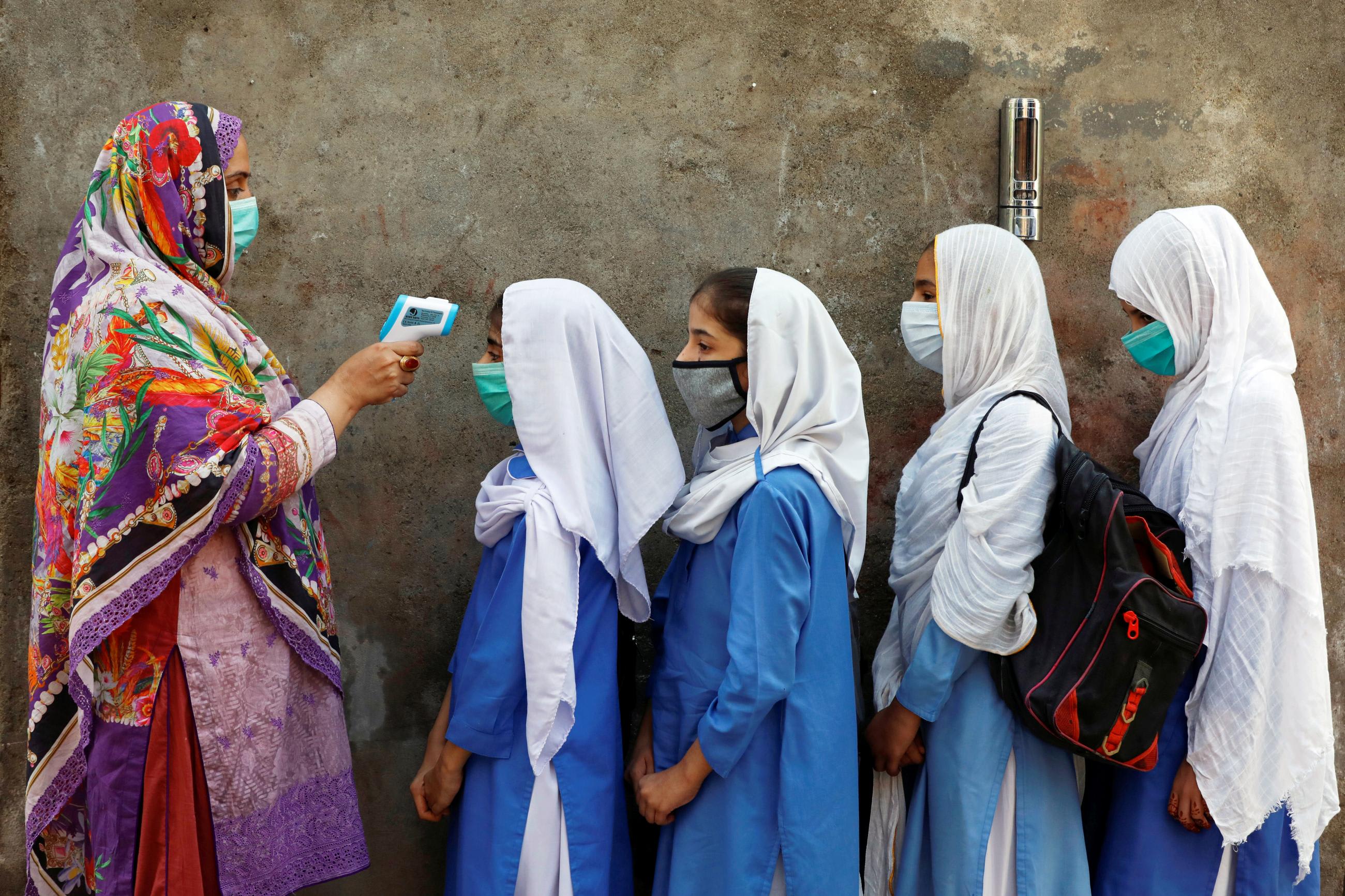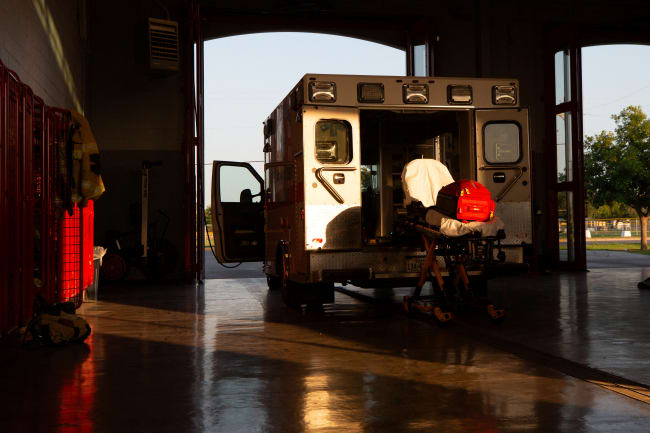During the pandemic, school closures around the globe have taken a heavy toll on children and families. Schools were fully closed for millions of children globally, many lasting nearly a year. Shuttered classrooms meant a complete halt to both in-person instruction and remote learning for many children in low- and middle-income countries and areas who have no access to the internet. Children worldwide—370 million—also lost a main source of nutrition: school meals, a vital lifeline for families experiencing food insecurity. School closures may have been especially damaging for girls, who experienced increased exposure to gender-based violence and rising child marriage in some parts of the world.
Now educators are taking stock of the collateral damage of initial closings, and many countries and regions are opting to keep schools open, even in the face of Delta and other variants that are driving surges in cases across the world. But parents and caregivers are wondering if it is safe to keep their children in school. Others worry how long schools can stay open safely without closing their doors again. In the United States, concerns only intensified when the U.S. Centers for Disease Control and Prevention (CDC) announced that an unvaccinated teacher in California infected more than half of the students in their class.
370 million children lost a main source of nutrition during school closures last year
Answering questions about children's safety in schools means understanding what role schools play in fueling transmission in communities, said Robert Reiner, associate professor at the Institute for Health Metrics and Evaluation. Reiner and his team have looked at how schools contribute to COVID-19 transmission worldwide and said they play an important role in driving its spread.
"Since kids have a much lower probability of dying from the disease, the primary concern with schools is that kids connect high-risk individuals," said Reiner.
He explained how an unvaccinated parent or caregiver can transmit SARS-CoV-2 to their unvaccinated children, who can then infect their classmates. The infected students can transmit the virus home to vulnerable family members, such as older adults or immunocompromised individuals. Despite that, closing schools during an epidemic isn't necessarily the right strategy, he added. Especially given the profound negative impact that school closures have had on children and their families.

"Just closing things is a very crude tool," said Reiner, recommending that decision-makers be more careful about when they choose to close schools, and that they should follow the data.
"When we looked at the data on social distancing mandates—school closures, bar and restaurant closures, etcetera—we found that policymakers rarely based their decisions on the intensity of COVID-19 transmission," he said.
"A lot of places could have taken mandates off and had schools open more," he said.
Many countries prioritized opening bars and in-person dining over schools. For example, last fall and winter, multiple countries in the Western Balkans had bars, restaurants, and ski resorts open while schools were fully closed.
"Many countries prioritized opening bars and in-person dining over schools"
Some countries have already established criteria for school operation according to levels of viral transmission. In France, all school levels will operate in-person, full-time unless transmission rises to the highest "red" level (with exceptions for primary schools, which will close for seven days, if a student tests positive). If transmission reaches the highest level, upper grades will begin hybrid (a mixture of online and in-person learning).
Vaccinating parents, school staff, and students is vital for keeping students safe, especially students who are too young to be vaccinated. However, vaccination remains inaccessible for many people globally. Some countries are prioritizing teachers for shots, including India, which aims to immunize its ten million teachers as quickly as possible, as students around the country begin to return to school.
In addition, Reiner thinks policymakers should implement other common-sense measures first before resorting to school closures, including the use of masks. In Turkey, for example, the government is requiring all students and school staff to wear masks, which are provided free of charge.

"Before schools are closed, masks should be required. If you are infected and you are wearing a mask, it is very hard for you to infect other people," Reiner said. Mandating that students and staff in schools wear masks is vital for reducing the spread of SARS-CoV-2, but requiring everyone aged two and over to wear a mask in public, especially indoors, is also crucial for stemming COVID-19 surges for a safer school reopening, Reiner added. IHME estimates that more than 200,000 lives could be saved globally by December 1, 2021, if everyone wore a mask in public.
Since the Delta variant is at least twice as contagious as the original form of SARS-CoV-2, schools should adapt their health and safety plans accordingly. In an op-ed in the Seattle Times, IHME's Stephen Lim, Professor of Health Metrics Sciences and Senior Director of Science and Engineering, wrote: "In-person school is critical for children's development and health, but in the face of the Delta variant we need more mitigation measures, not fewer." For the Seattle public school system, which is already requiring students and staff to wear masks and mandating vaccination for school staff and volunteers, Lim recommended smaller classroom sizes, social distancing of more than three feet, keeping students together in the same classroom and learning groups, regular virus testing of students and school staff, and having students eat lunch outside and/or in small groups. Some school systems are already adopting these measures. The Navajo Nation in the United States, for example, is recommending that tribal schools test unvaccinated children and staff for COVID-19 once per week, when transmission is at a moderate level or higher.
"Before schools are closed, masks should be required. If you are infected and you are wearing a mask, it is very hard for you to infect other people"
Robert Reiner, IHME
If policymakers find themselves forced to shut schools temporarily, they could consider targeting the types of schools that play the biggest role in driving transmission of SARS-CoV-2, Reiner points out. When evaluating the effect of school closures on COVID-19 transmission around the globe, he noted that closing certain grade levels seemed to be more effective in some places.
"In sub-Saharan Africa and Western Europe, for example, closing primary schools seemed to have the greatest impact on reducing transmission compared to higher grades. In South Asia and North America, closing higher education had the most substantial effect on decreasing the spread of the virus," he said.
The differences between these regions are likely related to how frequently different age groups come into contact with one another, which helps determine how quickly the virus spreads from school-aged children to older adults. For example, a recent study found that some countries have more multi-generational families socializing and/or living together; in other countries, it is common for teenagers to work alongside adults.
In this second year of the COVID-19 pandemic, many countries are no longer willing to keep schools closed. Reopening schools as safely as possible, while using data to inform decision-making, is critical for the health, educational development, and wellbeing of children worldwide. In cases where countries decide to keep schools shut down, especially in the case of extreme transmission, it is vital that governments invest in equal educational tools and opportunities for all children.

AUTHOR'S NOTE: In the absence of quality data that allow disaggregation by gender, we utilize data that disaggregate by sex, with the understanding that outcomes for people outside the gender binary are often less equitable than they are for cis-women or men.
ACKNOWLEDGEMENTS: We would like to thank Professor Emmanuela Gakidou for providing feedback on the post, and Rebecca Sirull for fact checking it.
EDITOR'S NOTE: The authors are employed by the University of Washington's Institute for Health Metrics and Evaluation (IHME). IHME collaborates with the Council on Foreign Relations on Think Global Health. All statements and views expressed in this article are solely those of the individual authors and are not necessarily shared by their institution.












